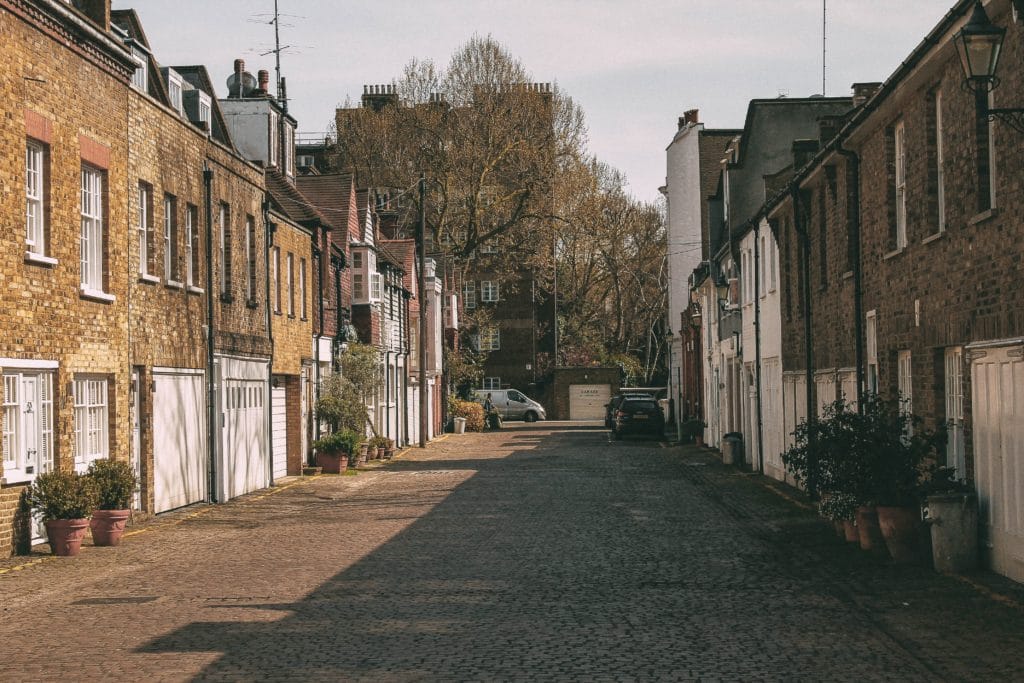FEATURED ARTICLE
Student rents: how they've increased by 184% since 2002

Nigel Lewis
July 21, 2017 •2 min read
TABLE OF CONTENTS
Student rents
There was a time when students didn’t have to worry about money. Rents were low, even if the accommodation was often of questionable quality.
But although students now enjoy much higher standards of accommodation, they also pay much higher rents. But how did this come to be?
Research by rental rewards website CreditLadder reveals that in 2001 students paid £51.60p a week or £211.80 a month in rent to live in halls or purpose-built student accommodation.
Today they pay £146.73 a week or £601.60p a month. This is an increase of 184% over the past 15 years, and an increase of 18.4% over the past three years alone (1).
According to the latest Accommodation Costs Survey published by the National Union of Students and housing charity Unipol, the increase is partly down to private house builders targeting students with high-end accommodation that might be lovely, but is much more expensive - a long way from the world of The Young Ones.
The other reasons is Generation Rent. The number of people renting their homes within the private sector has doubled in size over the past 15 years from 10% of all homes to 20%. And Britain's also filling up - the population has increased from 59.3 million to 65.6 million over the same period, while house building has been lagging behind demand.
Therefore demand from all sectors of society including students has been ramping up. Last year it was reported that Britian will need 1.8 million extra rented homes by 2025 to keep up with demand, taking the total number of rented homes to 7.2 million.
This is all putting pressure on student finances. The most recent report by housing charity Shelter into student finances and rent revealed that half of all students are struggling with their rent and theat 40% of them had borrowed money at some point to pay it.
But student aren't taking it lying down. Last year 1,000 students living in halls of residence from four large KLondon universities - Roehampton, UCL, the Courtauld Insitute and Goldsmiths - withheld their rent in protest at what they said was "soaring" rents.
Student rents
Despite all this, students still pay less for their accommodation than the rest of the population. The average rent in the UK is £221.46p a week or £908 a month, 33% more than the average student rent.
Student rents also vary hugely depending on where they are at college. Rents range from £119 a week (£487 a month) in Yorkshire to £250 a week (£1,025) in London.
And student rent increases usually track the general rental market, but without the upward or downward bubbles non-student tenants see.
For example, according to the Accommodation Costs Survey rents increased by 4.4% between 2015 and 2016, while average rents across the UK rose by between 3.9% and 12.5% depending on the time of year.
“Students are increasingly seeking better value in the rental market as they realise they may have to rent for much longer than they were expecting after they graduate,” says Sheraz Dar, CEO of Credit Ladder.
“And students have to take their finances much more seriously; every pound spent during their studies will be added to their student loan and will have to be paid off later. So getting the most out of their money and rent is now a much higher priority for them."
Source
(1) Accommodation Costs Survey, NUS/Unipol data 2001/2 to 2015/16.
You may also like
Check out these related blog posts for more tips
© 2026 Emma Technologies Ltd. All Rights Reserved.
Emma is registered and incorporated in England and Wales.
Emma Technologies Ltd is an appointed representative of RiskSave Technologies Ltd, which is authorised and regulated by the Financial Conduct Authority (FRN 775330).
Payment services (Non MIFID or Deposit related products) for Emma Technologies Ltd are provided by The Currency Cloud Limited. Registered in England No. 06323311. Registered Office: Stewardship Building 1st Floor, 12 Steward Street London E1 6FQ. The Currency Cloud Limited is authorised by the Financial Conduct Authority under the Electronic Money Regulations 2011 for the issuing of electronic money (FRN: 900199). For more detail on how your money is protected please see here. You can also find Currency Cloud's Terms of Use here.
Emma Technologies is an Introducer Appointed Representative of Quint Group Limited and not a lender. Quint Group Limited is authorised and regulated by the Financial Conduct Authority (Firm Reference Number 669450). Monevo Limited is an Appointed Representative of TransUnion International UK Limited. TransUnion is authorised and regulated by the Financial Conduct Authority (Firm Reference Number 737740). Emma Technologies introduces customers first to Quint Group Limited, as a licensed credit broker, who then refers on to Monevo Limited.
Emma is registered with the Financial Conduct Authority under the Payment Services Regulations 2017 for the provision of payment services.
Financial Conduct Authority Reg Nr: 794952.
Company Registration Number: 10578464.
Data Protection Registration Number: ZA241546.
All testimonials, reviews, opinions or case studies presented on our website may not be indicative of all customers. Results may vary and customers agree to proceed at their own risk.
Resources: Cancel subscriptions, Cashback offers, Who charged me, Rent Reporting, Budgeting, Investment universe, Emma vs Moneyhub.
Featured cashback offers: Samsung, SimplyCook, NordVPN, Audible, M&S Homeware.










